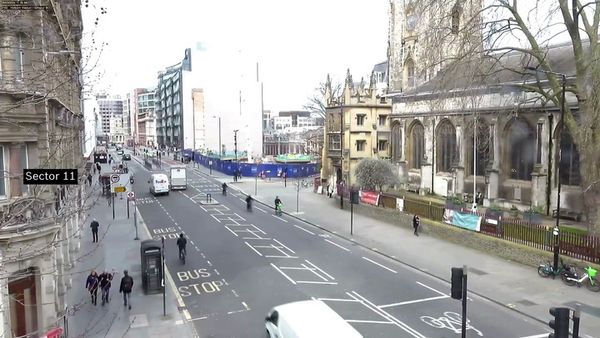While Punalur is sweltering in record-breaking temperature, around eight km from the town is Vana Deepthi, an eco-restoration project of Ambanar forest station, offering a cool green cover.
Canopy of countless trees and birdsong fill the air, making it a quaint getaway from the stifling summer heat. As part of the project in Pathanapuram range, around six hectares of pulpwood plantation was replaced with fruit-bearing trees and jungle wood in 2012 and the eco-park will open its gates for tourists shortly.
The area was used for cultivating plantations of acacia and mangium that were felled in 2012 and the project was launched as per the instructions of the then Forests Minister K.B. Ganesh Kumar. More than 9,000 saplings were planted and over the years, thick vegetation enveloped the area.
‘To natural forest’
“From the 35 hectare plantation, 5.7 hectares were converted into a natural forest by planting a wide range of indigenous trees that provide a suitable habitat for wildlife. Now the area is home to several birds and butterflies,” says Ambanar deputy range officer M. Ajay Kumar.
The department has installed birdfeeders in the mini forest along with provisions for ornithologists. “At present we are busy finishing the installation of boards and QR code system to identify the tree species,” he adds.
Meanwhile, the restoration activities going on for over a decade have contributed to the groundwater recharge potential of the nearby areas. Pathupara, where the project is located, was not a water-scarce area in the past, but after the introduction of exotic fauna, the groundwater started receding rapidly. Apart from the depletion of the groundwater, the monoculture plantation was also posing threat to the conservation of native species.
In order to restore near-natural biodiversity, around 100 tree species, including guava, Indian hog plum, star apple, Malabar tamarind, mango, jackfruit, xylia xylocarpa (kadamaram), and wild jack (anjili) were planted. The project also has orchidariums, a variety of bamboos, and native flowering trees and the works were carried out with the help of forest-dependent communities.
Saji Ashokan, a Vana Samrakshana Samithi (VSS) member who lives nearby, says the exotic species had completely destroyed the forest ecosystem over the years. “After they cleared natural forest for acacia, we saw a slow and steady degradation of the forest. The pulpwood plantations have a life cycle of eight years and then they were replanted. They axed native trees and started planting acacia around 1999 and the change was alarming. First the berries, herbs, and grass disappeared and then the land became arid,” he says.
Improved situation
All the streams and small waterbodies in the forest dried up within in short span of time leaving wildlife without any fodder. “But now the situation has improved around Pathupara, but the change is limited to the project area only. Despite hard summer, people living on the forest fringe are not facing any acute water shortage like previous years. Also, this project is expected to minimise animal incursions as they can find food and fodder inside the forest itself,” he adds.







